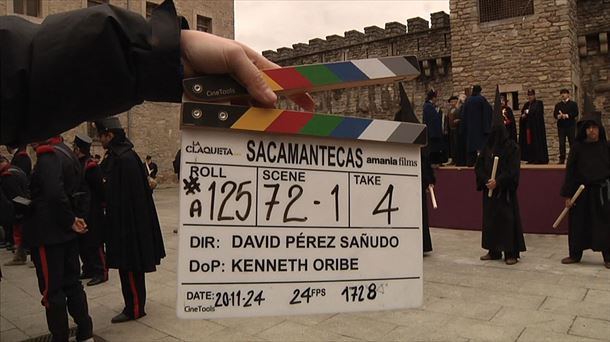The parties have responded to the record inflation of the past 24 months with their own financing. Federal and state spending on party financing rose sharply in 2023. In total, parties, parliamentary clubs and political academies received 237.4 million euros.
This is an increase of 6.9 percent compared to 2022 and corresponds to 26 euros per inhabitant, according to research by the APA. The funding supports the political work of the parties and their parliamentary and state parliament clubs. They usually increase with inflation or civil servant salaries.
How are the funds distributed?
Which party receives how much depends on the election results in the relevant state or in the elections for the National Council. Successes at the ballot box also bring the parties more money from the state. The FPÖ was able to take advantage of this this year, making strong gains in the state elections in Lower Austria and Salzburg, and slightly in Carinthia.
In total, income from blue financing has increased by 13 percent – well above the inflation rate.
The communists are also gaining ground
The KPÖ benefited significantly from the election success in Salzburg. She joined the state parliament in April with almost twelve percent of the votes and thus receives more than 700,000 euros for the party and club. The KPÖ is traditionally strong in Styria, where it receives 1.5 million euros from the state. The additional funding of the Graz Party is not included here. The KPÖ is the mayor there.
As a rule, party funding increases with inflation, while club funding increases with civil servant salaries. However, the states’ rules differed significantly in details. The amounts paid out have increased sharply this year, especially in Vienna. The capital had largely frozen its funding in 2021 and 2022. Now the sum of party, club and academy funding has increased by eleven percent to 46.4 million euros.
All salary overviews at a glance:
In Upper Austria (29.4), Styria (27.7) and Salzburg (8.2) the increase was more than eight percent. Burgenland increased its subsidies (4.5) by 6.7 percent, the federal government by 6.2 percent to 71.3 million euros. Almost half of this goes to the parties, 26.3 million euros to the parliamentary clubs and 10.5 million euros to the political academies. The increase in financing was lowest in Carinthia (+1.6 percent to 9.6 million euros).
Source: Krone
I am Ida Scott, a journalist and content author with a passion for uncovering the truth. I have been writing professionally for Today Times Live since 2020 and specialize in political news. My career began when I was just 17; I had already developed a knack for research and an eye for detail which made me stand out from my peers.



